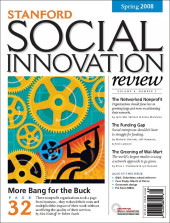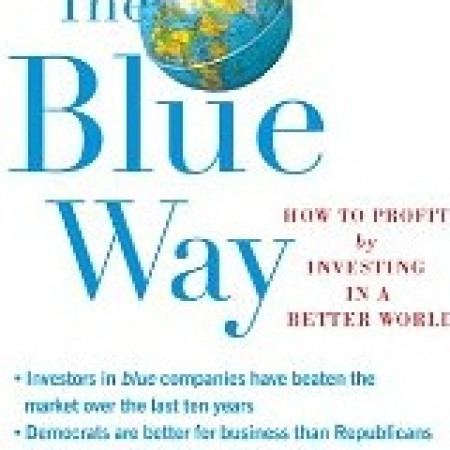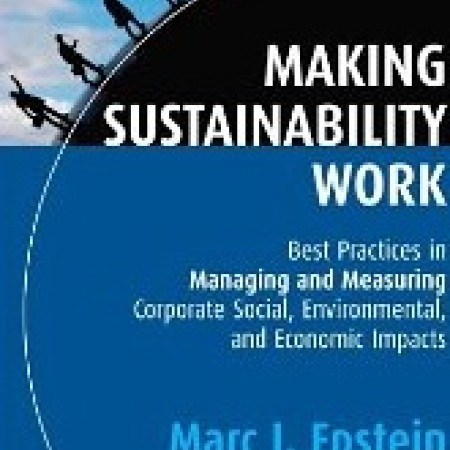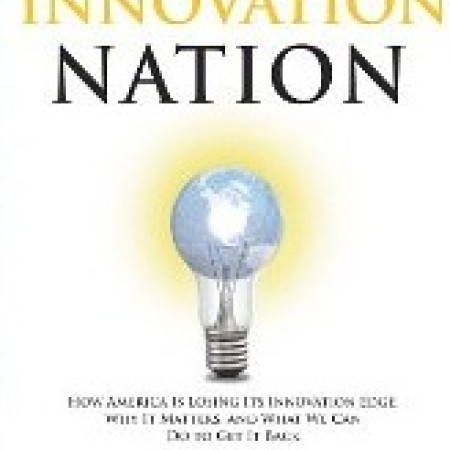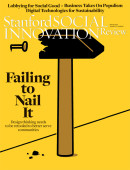Spring 2008
The spring 2008 issue of Stanford Social Innovation Review contains three major stories that focus on a nonprofit’s relationship to funding, productivity, and growth. In “The Networked Nonprofit,” the benefit of focusing on networking over growth is examined. “The Funding Gap” explains the social enterprise capital market and examines how to handle philanthropists dubious about funding for-profit social ventures, and commercial investors looking askance at purely social missions. And, in “More Bang for the Buck,” Alex Neuhoff and Robert Searle explore how three nonprofits succeeded in reducing costs without sacrificing the quality of their services.


